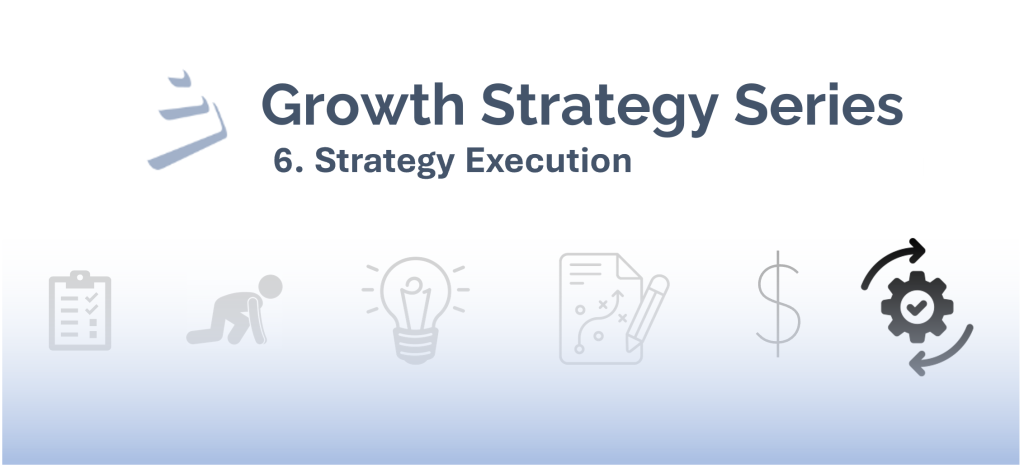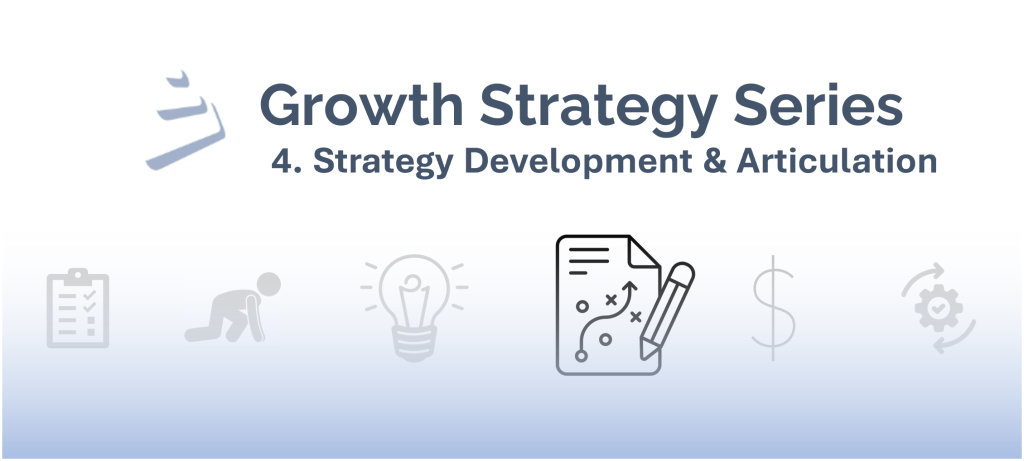A massive wave of disruptive technological change is coming that will leave no industry unchanged. Presently, only ripples are evident. Soon, however, technological innovation will create monumental changes and those companies that are prepared to manage this change in a dynamic way will be able to ride the wave of change. Those that are not risk fallout from its force.
So say two MIT Professors, Erik Brynjolfsson and Andrew McAfee. In their book, The Second Machine Age, the professors suggest that we are in the midst of the second great turning point in human history. The first, the industrial revolution, saw machines replacing muscle power. The present revolution, they assert, is seeing cognitive tasks replaced by machines. If your job requires you to use your brain, look out.
This new age, according to the professors, is being ushered in by three key trends. The first is an exponential improvement in computational power, communications technologies, and data storage. Some technologies are even outstripping Moore’s Law, under which the number of transistors per square inch on an integrated circuit is doubled every 18 months at only a minor added cost. The second trend is the increasingly digital nature of core technologies, allowing for the replication of technologies at incredible rates, enabling technological growth. The third trend of the Second Machine Age is the combinatorial nature of innovation – where digital innovations can be combined to create value added innovations (e.g. driverless cars, robotic surgeons will soon be capable of seeking out and taking samples from tumors).
All enterprises need to understand these new technologies and the opportunities and threats posed by them. In transportation, for example, companies are working to develop driverless cars utilizing sophisticated cameras, global positioning technology, sensors, intelligent algorithms, and real-time traffic data that enable the onboard computer system to make instantaneous cognitive decisions that previously were only the domain of the human brain. Exponential increases in computational power and communications technology have now made complex decision-making, such as how to respond to a child crossing the street, no longer a scenario too complex for a machine to handle.
In medicine, surgeons have worked in the operating theater using their knowledge and superior dexterity to deliver care. Improved technology and artificial intelligence now offer the potential for procedures to be performed by machines. At Duke University, a robot directed by artificial intelligence was shown to be able to locate lesions and take samples from them without the direction of a doctor. These are just two examples that are already in plain view.
It’s true that, just as in the industrial revolution, machines will replace humans and employment will suffer. Perhaps this just means, as it did 100+ years ago, that new value creating roles will emerge along with improved quality of life for all. We might not like computers driving our cars, but it could mean a quantum leap in road safety. We might be uneasy about a computer performing our operations, but it might product significant advances in health outcomes.
The new machine age will bring a wave of disruptive change, but also levels of efficiency and productive capacity the world has never seen. Organizations must position themselves to not just withstand the changes, but to leverage the opportunities. Organizations must encourage internal learning to stay abreast of new technology and what it means to their industry and organization. They must build capabilities to meet the changes and quickly turn them to their organization’s advantage. Creative capacity, technological understanding, and increased emphasis on heightened cognition will be the toolkit that enables companies to ride this wave of change. No organization is in a position to foresee exactly what the new normal looks like, but every company can consider its own industry, the threats of substitution to its offering, and its greatest areas of opportunity as a result of technological disruption.


